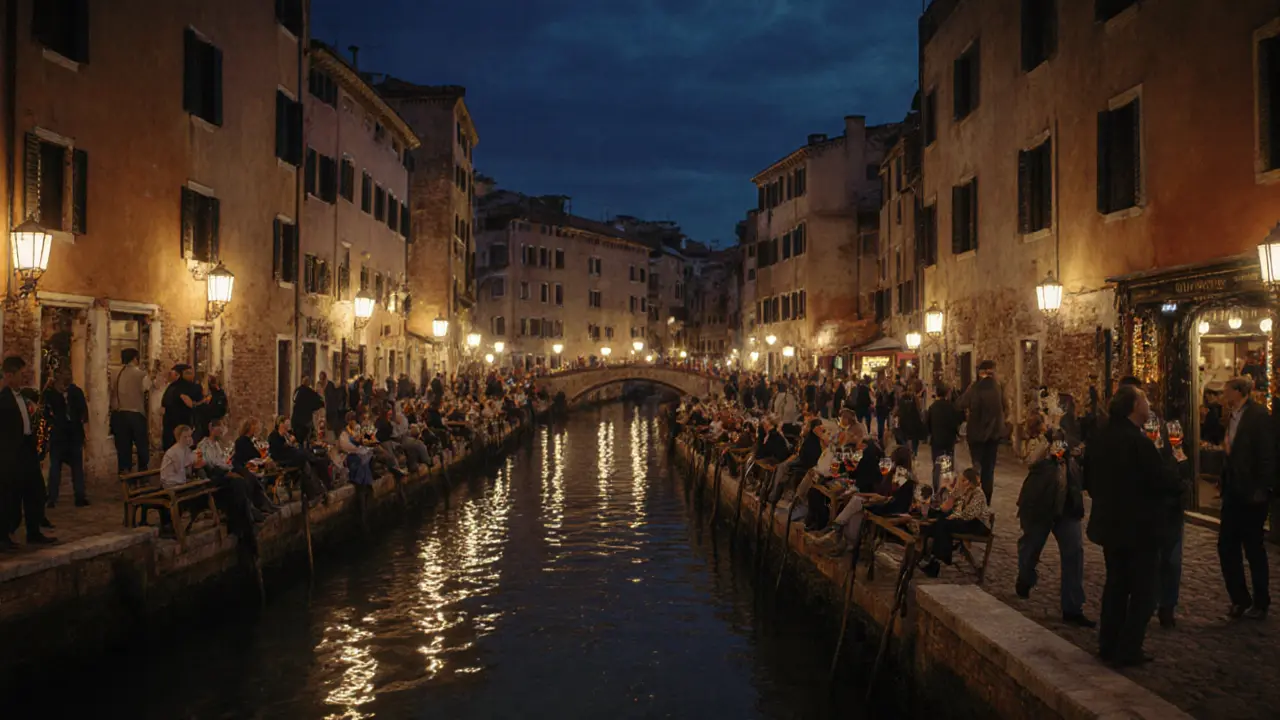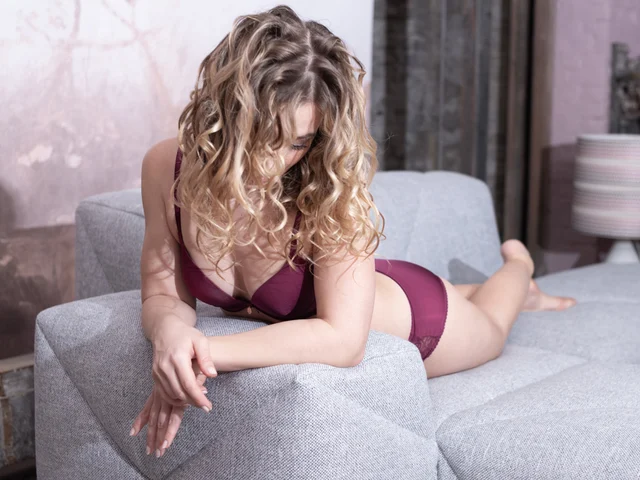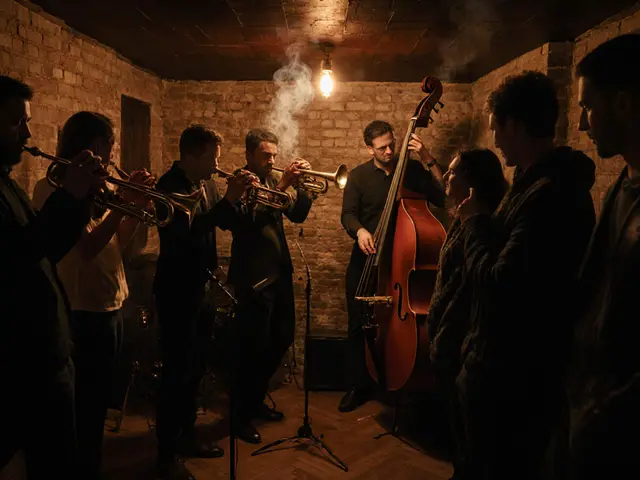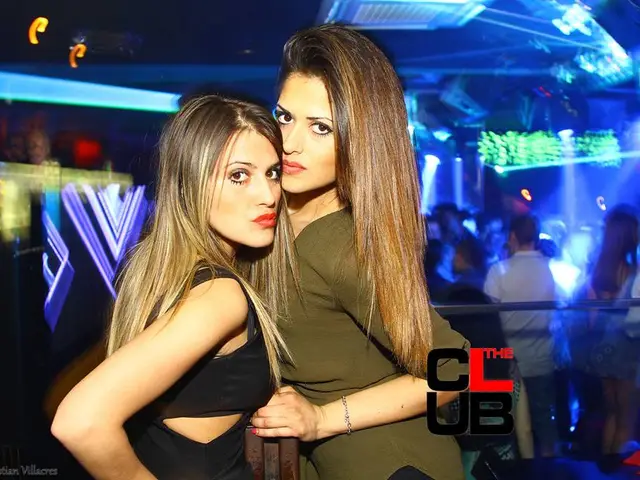Milan doesn’t sleep. While Rome might be full of ancient ruins and Venice floats on canals, Milan thrives after sunset with a pulse that’s electric, sleek, and unapologetically modern. If you’re looking for more than just a drink and a playlist, this city delivers clubs that shake the floor, rooftop bars with skyline views, and hidden lounges where the crowd knows exactly who you are - even if you’ve never been here before.
Where the Night Starts: Navigli District
Start your night in Navigli, the canalside neighborhood that turns into a living party zone after 8 p.m. This isn’t just a row of bars - it’s a whole street festival that spills onto cobblestones and bridges. Locals and tourists mix here, sipping Aperol spritzes on wooden benches while live jazz or electronic beats drift from open doors.
Bar Basso is the classic. Open since 1954, it’s where the Negroni was invented. But if you want to dance, head to La Scala - not the opera house, but the underground club tucked behind it. It’s small, loud, and packed with Milanese hipsters who know every track from the 90s. No cover before 11 p.m., but by midnight, you’ll be elbow to elbow with people who’ve been dancing since the sun went down.
The Club Scene: Where the Real Action Is
Milan’s club scene isn’t about big names - it’s about vibe, music curation, and exclusivity. If you’re after world-class DJs and industrial-chic spaces, Armani/Privé is your spot. Located inside the Armani Hotel, it’s minimalist, quiet at first, then explodes with deep house and techno after 1 a.m. No flashy logos, no velvet ropes - just a carefully selected crowd and a sound system that makes your chest vibrate.
For something grittier, try La Scala (yes, there are two). This one’s in the Porta Venezia area, with brick walls, neon lights, and a basement that feels like a secret warehouse party. The DJs here play underground techno and experimental electronica. You won’t hear Ed Sheeran. You won’t hear anything mainstream. But you’ll hear the kind of music that makes you lose track of time - and your shoes.
Don’t miss Capo d’Africa, a club that blends African rhythms with Italian house. It’s not just music - it’s culture. The crowd is diverse, the drinks are cheap, and the dance floor is always full. This is where Milan’s multicultural soul comes alive.
Rooftops with a View
If you want to sip something expensive while watching the Duomo glow under the stars, head to a rooftop bar. Terrazza Aperol on the top floor of the Four Seasons is the most famous - and the most crowded. Arrive before 9 p.m. or wait an hour for a table. The view? Worth it. The cocktails? Overpriced, but the atmosphere makes up for it.
For a quieter, more local vibe, try Il Giardino di Via Cola di Rienzo. It’s not on a skyscraper, but it’s perched above a quiet street with string lights, potted plants, and a mix of artists, designers, and expats. The music is chill - think lo-fi beats and Italian indie rock. It’s perfect for a slow start to the night before heading downtown.

Secret Spots and Speakeasies
Milan loves a mystery. Some of its best nightlife isn’t listed on Google Maps. Look for unmarked doors, hidden staircases, and code words.
Bar Basso has a hidden back room called “The Library” - you need to ask for it. Inside, you’ll find vintage books, leather armchairs, and a bartender who remembers your name after one visit. No menu - just tell him what mood you’re in, and he’ll make you something unforgettable.
Then there’s La Tana, a speakeasy behind a refrigerator door in a residential building near Brera. You need a reservation, and you get a text with the entrance code the day before. Inside, it’s dim, cozy, and full of jazz records spinning on a turntable. No phones allowed. No flashlights. Just music, whiskey, and silence between songs.
What to Wear (And What Not To)
Milanese nightlife has a dress code - and it’s not casual. You won’t get in wearing sneakers and a hoodie unless you’re at a warehouse party in the outskirts. Most clubs expect smart-casual: dark jeans, a fitted shirt, and leather shoes. Women often wear heels or stylish boots. No flip-flops. No sportswear. No logos screaming “I bought this at a tourist shop.”
Here’s the rule: if you look like you’re going to a gallery opening, you’re dressed right. Milan doesn’t judge your wealth - it judges your effort.
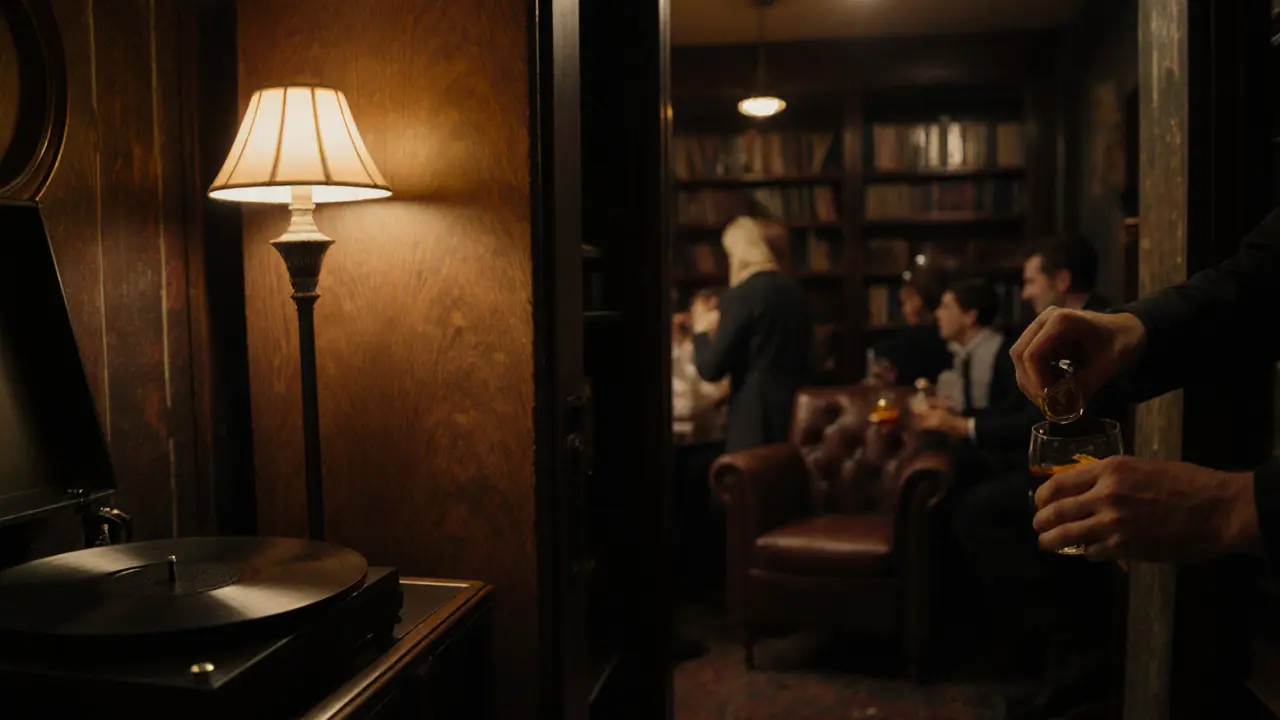
When to Go and How to Avoid the Crowds
Friday and Saturday are packed. If you want to actually move on the dance floor, go on Thursday. Most clubs open at 11 p.m., but the real energy hits after 1 a.m. That’s when the locals arrive - the ones who’ve been out since dinner, not the tourists who just got off the train.
Tip: Skip the lines at popular spots by booking a table in advance. Most clubs have WhatsApp numbers or websites where you can reserve. Don’t show up at midnight expecting a seat - you’ll be standing outside for an hour.
Transportation After Midnight
Milan’s metro shuts down at 1 a.m. After that, you’ve got three options: taxis, ride-shares, or walking. Uber and Bolt work fine, but they surge after 2 a.m. A better move? Use the night buses. Line N1 runs from Piazza Duomo to Navigli every 20 minutes until 5 a.m. It’s cheap, reliable, and the drivers know the nightlife scene.
Walking is also an option if you’re staying in the city center. The streets are safe, well-lit, and full of people. Just avoid the industrial zones near Lambrate - they’re empty after midnight.
What Makes Milan’s Nightlife Different
It’s not about being the loudest. It’s about being the most intentional. Milanese nightlife is curated. Every club has a sound system worth thousands. Every bartender knows how to mix a drink that tells a story. Every DJ plays with purpose - not just to fill time, but to move people.
You won’t find 50-cent shots or karaoke nights here. You won’t see neon signs saying “LADIES’ NIGHT.” What you will find is a city that treats nightlife like an art form. And if you’re willing to step into that world - not just as a visitor, but as a participant - you’ll leave with more than just a memory. You’ll leave with a rhythm.
What’s the best night to go out in Milan?
Thursday nights are the sweet spot. The clubs are busy but not overflowing, the prices are lower, and the crowd is more authentic. Friday and Saturday are packed with tourists, so if you want to dance without shoulder-to-shoulder crowds, aim for Thursday.
Do I need to book a table at Milan clubs?
For top spots like Armani/Privé or Terrazza Aperol, yes. Even for mid-tier clubs like La Scala or Capo d’Africa, booking ahead saves you hours of waiting. Most have WhatsApp numbers or simple websites where you can reserve. Walk-ins often wait 45 minutes or more.
Is Milan nightlife safe at night?
Yes, if you stick to the main nightlife zones: Navigli, Brera, Porta Venezia, and the city center. Avoid isolated streets near Lambrate or the train station after midnight. Most clubs have security, and the streets are well-lit. Always keep your belongings close - pickpockets exist, just like in any big city.
What’s the average cover charge in Milan clubs?
Cover charges range from €10 to €30. Smaller venues like La Tana or Capo d’Africa are usually €10-15. High-end spots like Armani/Privé charge €25-30, sometimes including one drink. Most clubs don’t charge before midnight - the fee kicks in when the real party starts.
Can I go clubbing in Milan if I don’t speak Italian?
Absolutely. English is widely spoken in clubs, especially by staff and DJs. Most menus are in English, and bouncers know how to handle international guests. The music speaks louder than language anyway - you’ll fit in just by dancing.
